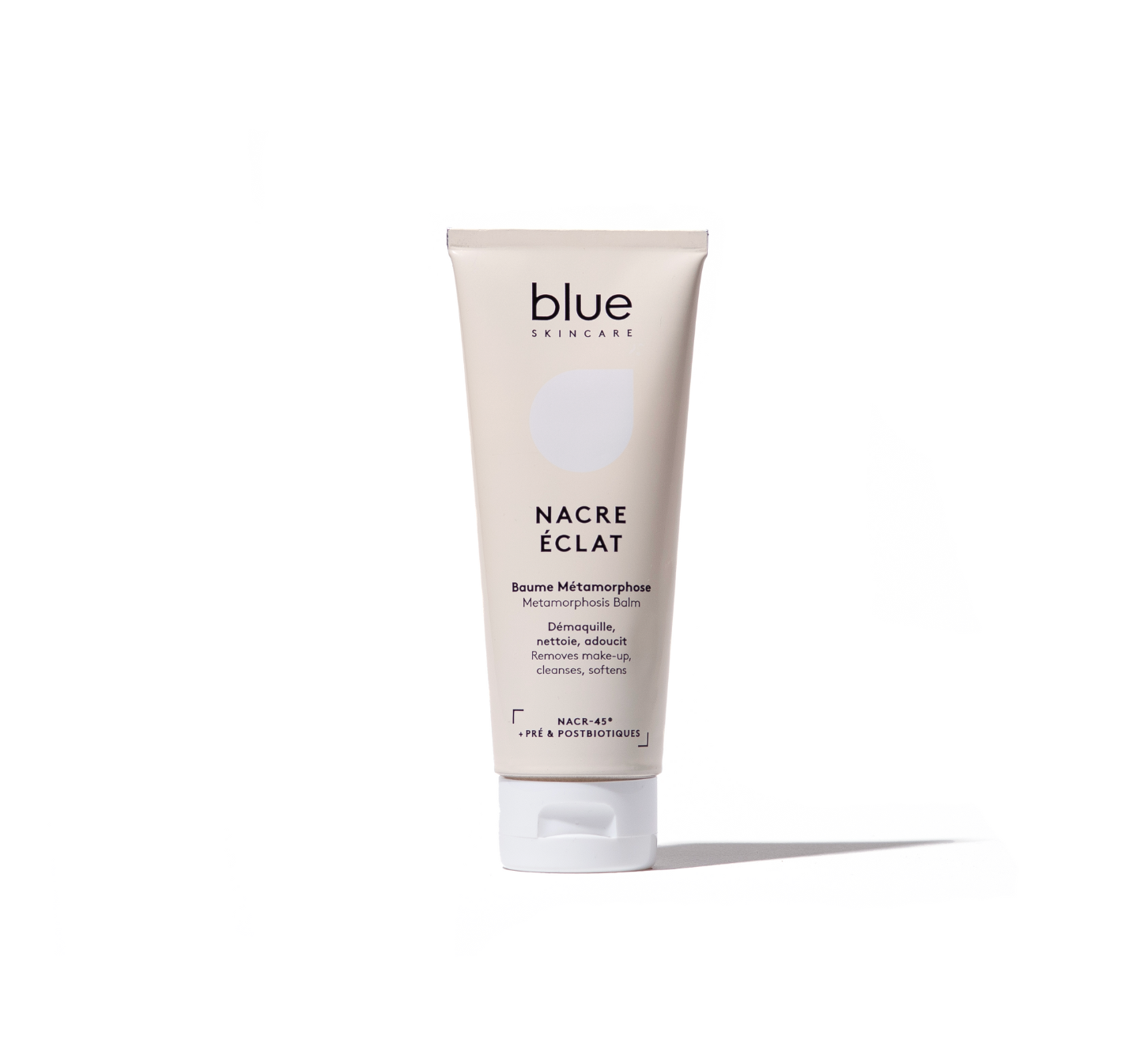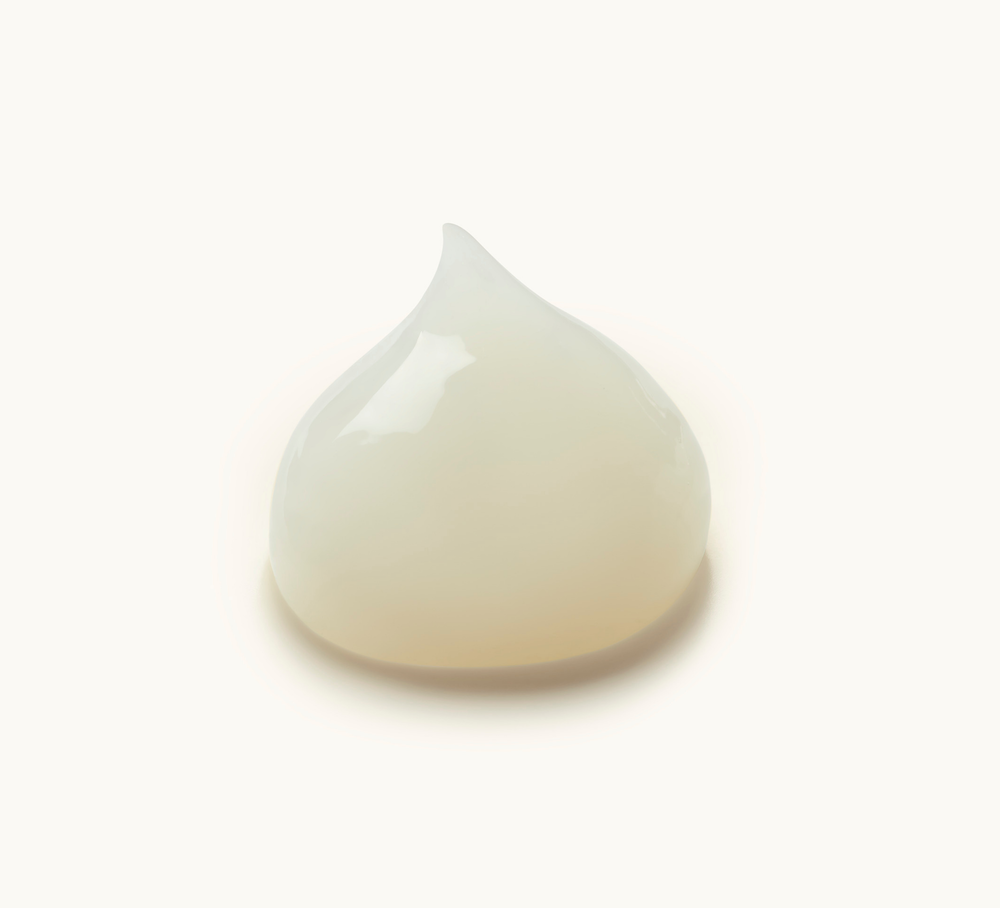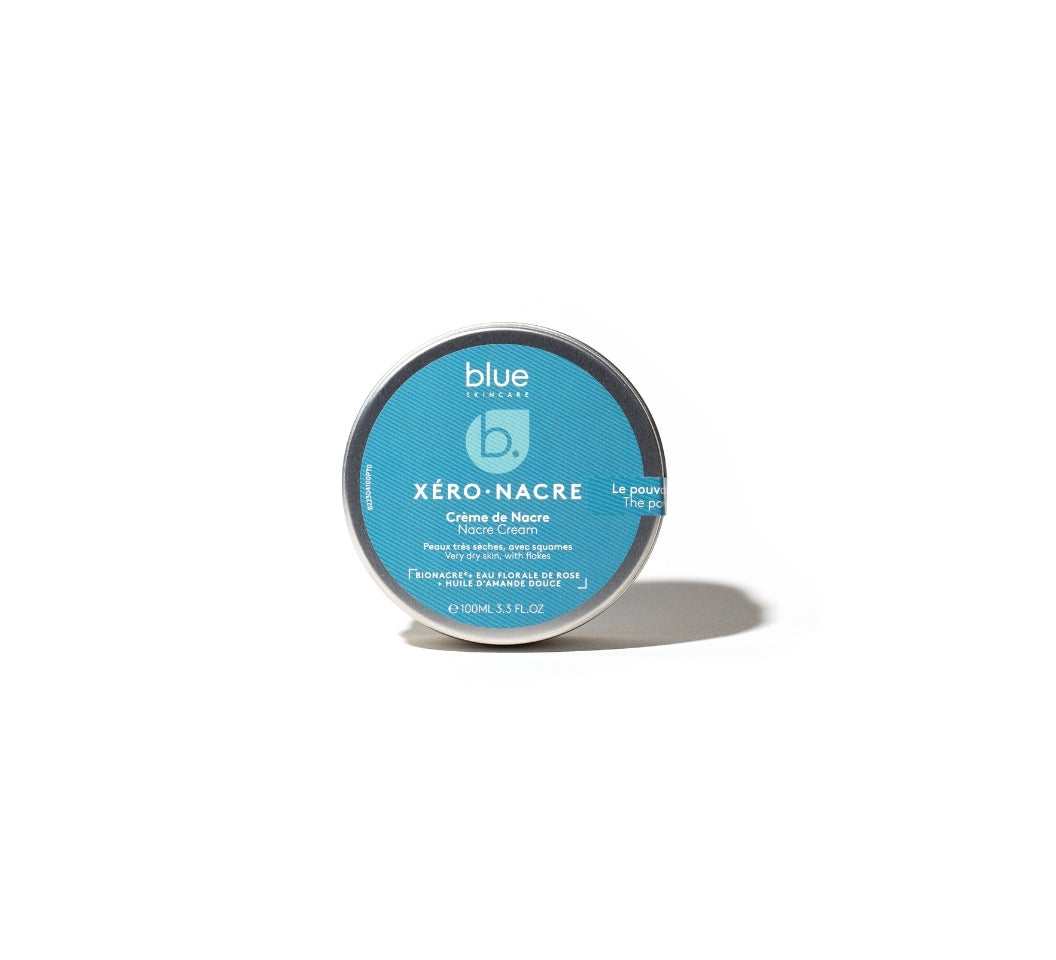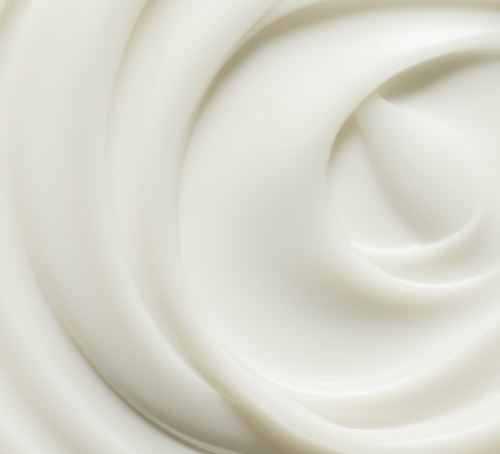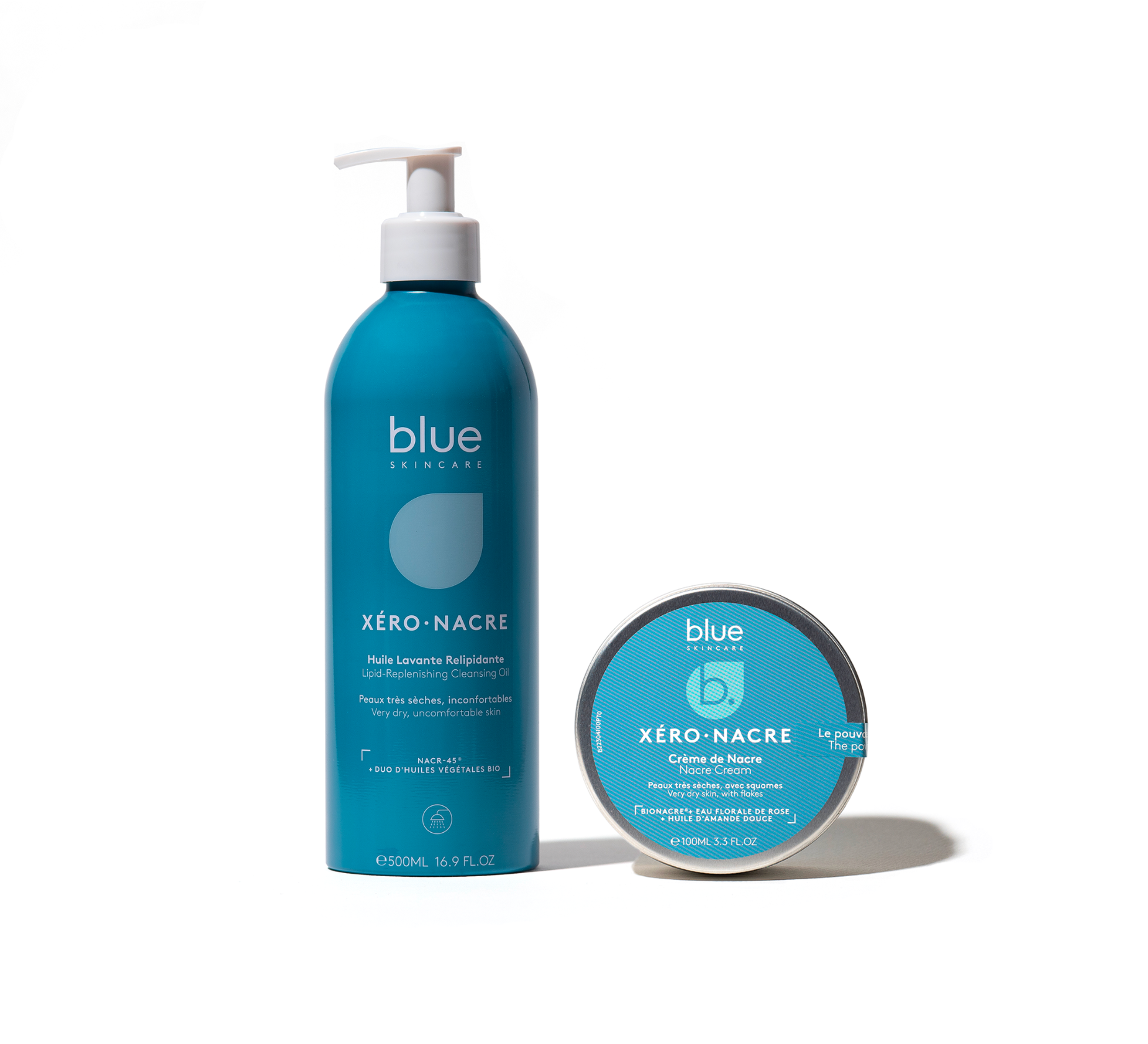Results of ex-vivo studies
HEALTHY SKIN
Strengthening the skin barrier

How does NACRE ACTIVE-NACR-45® work on the skin barrier?
1) Nacre induces the expression of 3 key proteins
- Cytokeratins type 1 and 2
- Filaggrin , which generates the amino acids of NMF (Natural Moisturizing Factors) and limits TEWL (Transepidermal Water Loss)
- LCE (Late Cornified Envelop)
2) Mother-of-pearl provides lipids constituting the intercorneocyte cement (Contained in its organic fraction): Cholesterol, fatty acids and sphingolipids.
Result: the skin barrier is strengthened. The skin reflects light better.
The keratinocyte differentiation process is the cellular process that ensures the establishment of the skin's barrier function.
Within the deep layers of the epidermis, keratinocytes evolve into corneocytes, cells filled with very hard cytokeratin filaments, aggregated together by filaggrin.
The cell membrane of corneocytes transforms into a rigid cornified envelope, if it is reinforced by an assembly of key proteins: the LCE (Late Cornified Envelope).
NACRE ACTIVE-NACR-45® works by inducing the expression of cytokeratins type 1 and 2, filaggrin and LCE proteins.
Dry skin
Restoration of the skin barrier
How does NACRE ACTIVE-NACR-45® work?
In the case of dry skin, it is most often filaggrin that is deficient.
NACRE ACTIVE-NACR-45® induces the expression of filaggrin.
Now filaggrin plays two essential roles:
- It stimulates the process of keratinocyte differentiation (restoration of the deficient stratum corneum)
- It generates the amino acids of NMF (Natural Moisturizing Factors), responsible for regulating TEWL (Transepidermal Water Loss).
Result: the skin barrier is restored and can fully play its role of defense against the entry of pathogenic substances, such as allergens.
A mutation in the filaggrin gene has been found in 20 to 50% of patients with atopic dermatitis.
Skin barrier dysfunction plays a key role in the pathophysiology of very dry, atopic-prone skin.
Filaggrin is the key protein in establishing the skin's barrier function and hydration.
*Ex vivo study on delipidated human skin explants (altered skin barrier model), Application of a topical NACRE ACTIVE-NACR-45 ® at 0.5% and 2% for 6 days.
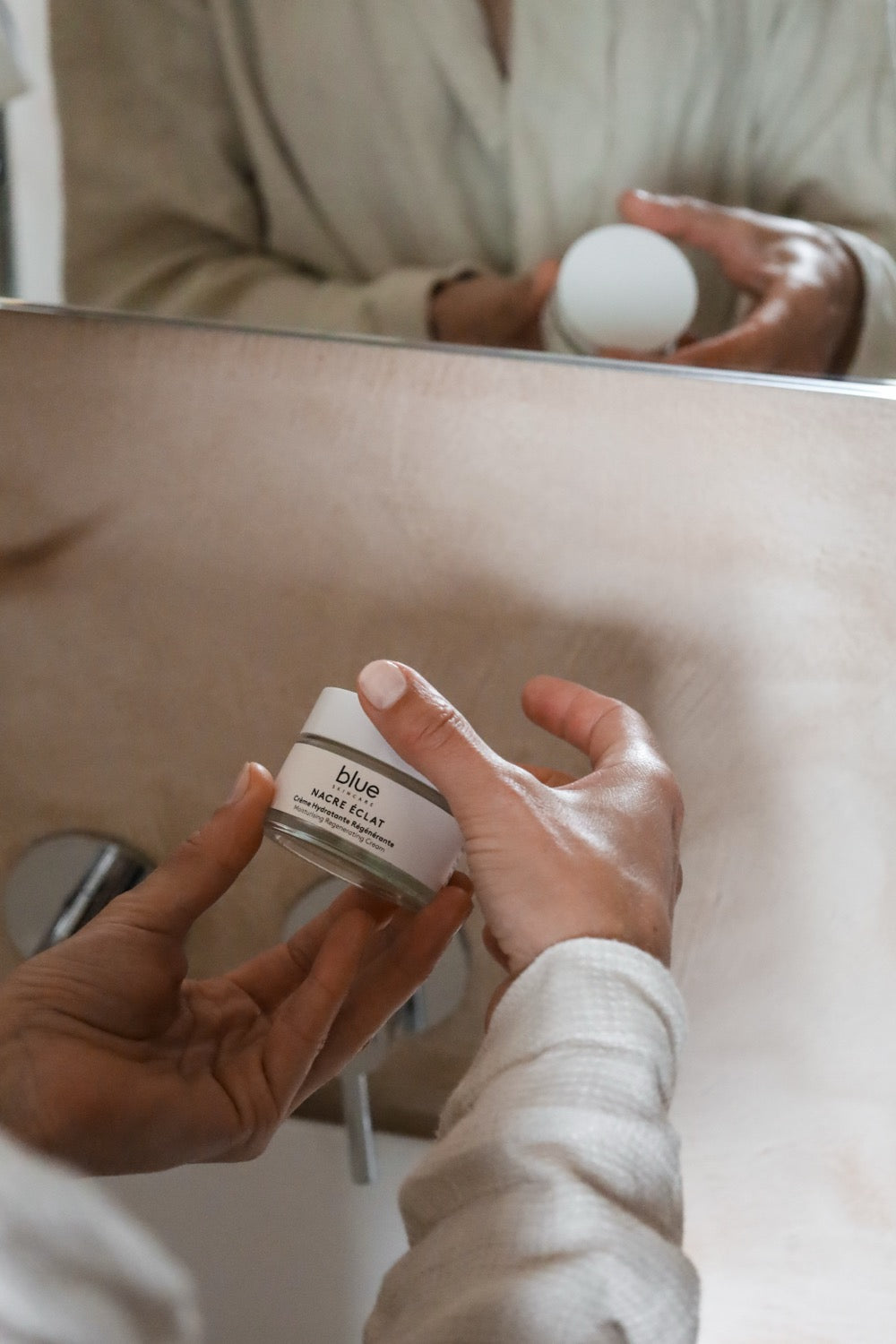
Damaged skin
Regeneration of the epidermis
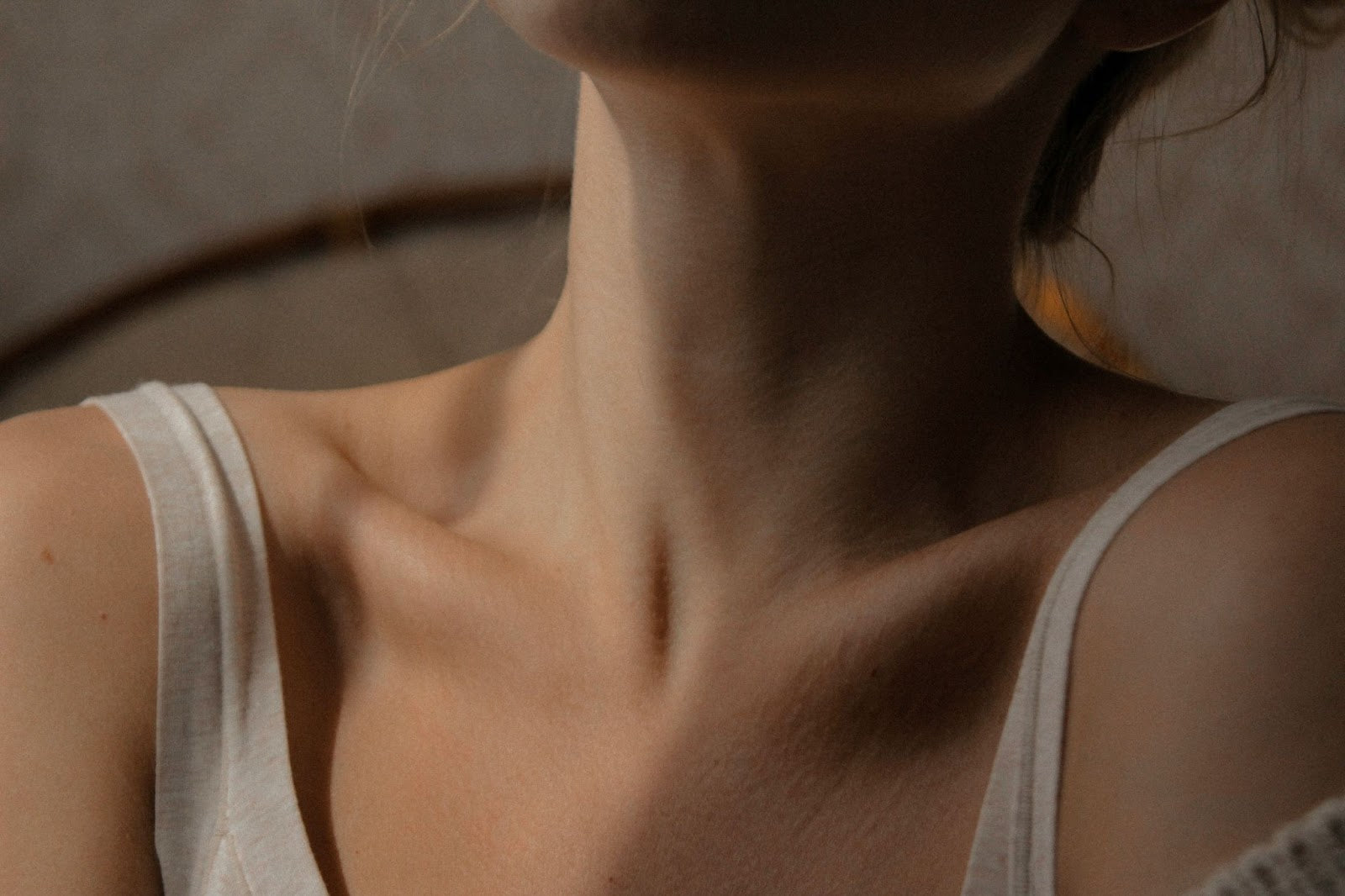
How does NACRE ACTIVE-NACR-45® work?
In the case of damaged skin, NACRE ACTIVE-NACR-45® acts by stimulating the skin's regeneration process by acting on 2 levels.
Epidermal
It reinforces the total re-epithelialization of the wound on the surface (reconstitution of the destroyed epidermis)
Perilesional area
It stimulates dermal reconstruction by inducing:
- The synthesis of type I collagen which will help fill the wound
- The expression of fibronectin , a key protein in the healing process.
Thanks to NACRE ACTIVE-NACR-45® the wound closes well and the scar is beautiful.
*Ex vivo study on explants of injured human skin (healing model), Application of a topical NACRE ACTIVE-NACR-45® at 0.5% and 2% for 7 days.
In the case of damaged skin, the lost dermis is replaced by new tissue (repair stage), then the lesion closes (epidermal regeneration stage via the migration of keratinocytes).
Derived from dermal stem cells, fibroblasts participate in its repair. They differentiate, proliferate, and migrate to form granulation tissue.
Fibroblasts synthesize new components of the ECM (Extra Cellular Matrix): type I and III collagens, GAGs (glycosaminoglycans), proteoglycans, hyaluronic acid and fibronectin.
Free delivery
At a relay point
Secure payments
up to 3 times interest-free
100% Clean
Rated "Excellent" on Yuka
Exclusive ingredient
Patented technology
